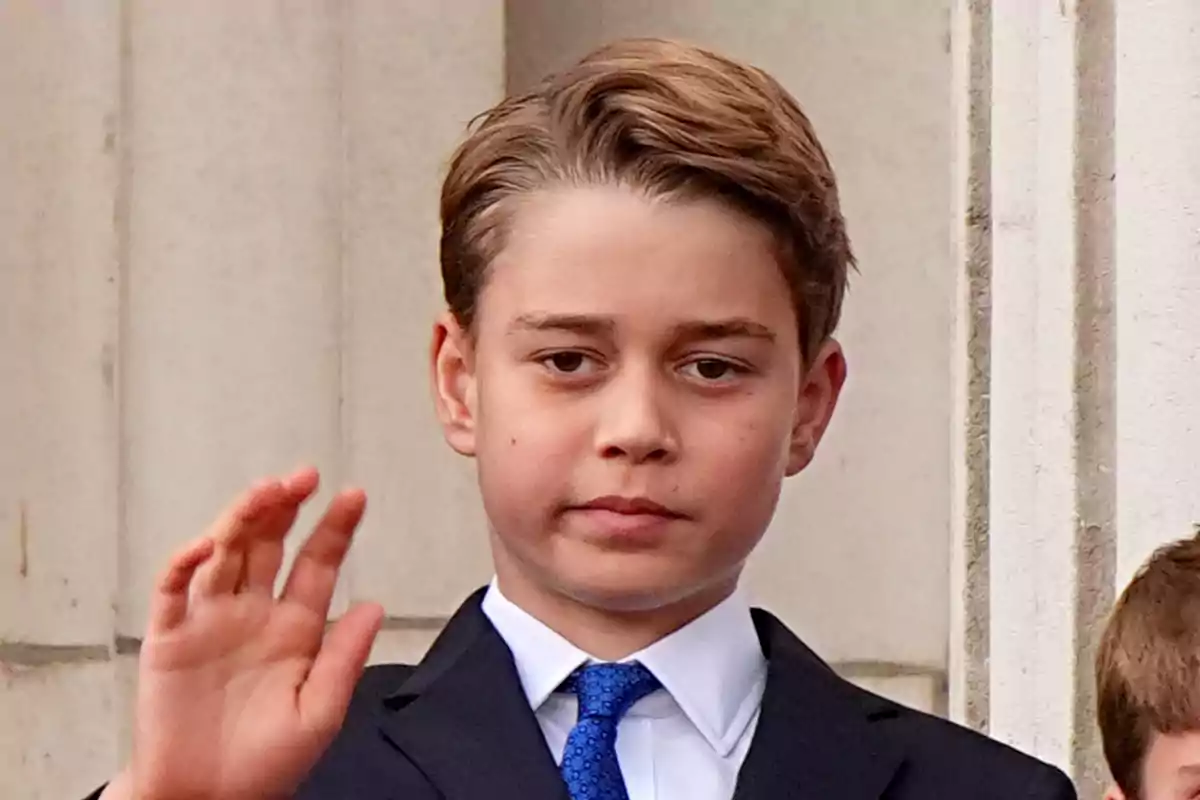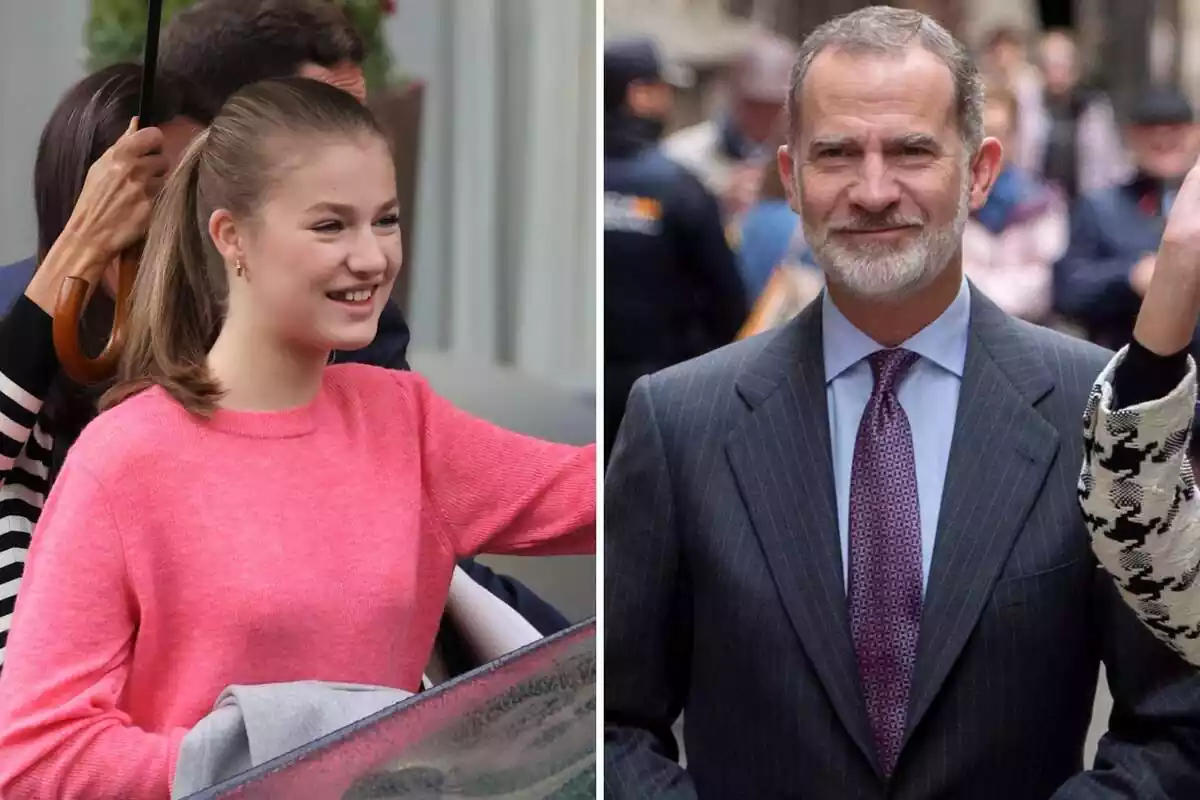The British Royal Family has experienced a very special event this week with Prince George as the main figure. The eldest son of Prince William and Kate Middleton has turned twelve years old, a symbolic age that marks a turning point in his role within the institution. However, it hasn't just been a family celebration, but the beginning of a new stage governed by a very strict protocol of the Crown.
George, increasingly exposed to public life, is beginning to take on the weight of being the future king of England. In recent days, information has come to light about a rule imposed by the institution that has an important security background. Why has this decision been so widely discussed in the United Kingdom?

Prince George must follow the rule of not traveling with William on official trips
Since his birth, Prince George has been a very desired figure by the British and international media. His arrival brought a breath of fresh air to a monarchy in the midst of transformation. With his twelfth birthday just celebrated, the firstborn of the Waleses is beginning to take center stage in official events, in his academic future, and in protocol.
From now on, the British Crown has activated a historic rule that prevents Prince George from traveling with his father on official trips. This decision, although it may seem cold or even drastic, responds to a basic principle of dynastic protection: preserving the line of succession in the face of any unforeseen event. Whether by plane, train, or car, father and son must do so separately from the age of twelve (12 years old).
The measure isn't new among the Windsors, since it was also applied in its day between King Charles III and his son William. The objective is clear: to prevent a possible tragedy from altering the order of succession to the British throne. It should be clarified that this rule doesn't apply to private trips, where they can travel together, but it does take effect when it comes to institutional representations.

For now, no official spokesperson has wanted to comment on this matter, although in the United Kingdom it is already common knowledge. The fact that this rule has been reactivated has caused various reactions among citizens.
Many are divided, between those who see it as a logical precautionary measure, and those who consider that it responds to an excessively rigid vision. But the truth is that it is part of the institutional DNA of the British Crown.
Queen Elizabeth II also respected this rule with her children, and now William and Kate continue that same line, showing that there are no exceptions. In fact, Prince William himself already follows it when he carries out acts on behalf of the Crown, always traveling in separate vehicles from his father, King Charles III.
King Felipe and Princess Leonor, another example of compliance with this dynastic rule
This type of protocol isn't exclusive to the United Kingdom. The Spanish Royal House also applies similar rules to protect institutional stability. On some occasions, King Felipe VI has been seen traveling with Princess Leonor at family events or informal trips.
However, regarding official commitments, both travel separately. This decision responds exactly to the same reasoning that the British Crown has now applied with George.

Thus, compliance with these rules shows that European monarchies are more coordinated than is sometimes perceived. The security of heirs and the continuity of institutions is an absolute priority that allows for no exceptions or sentimentality. Although it may seem like a tough decision for a child like Prince George, it is part of the life he has been given to live.

